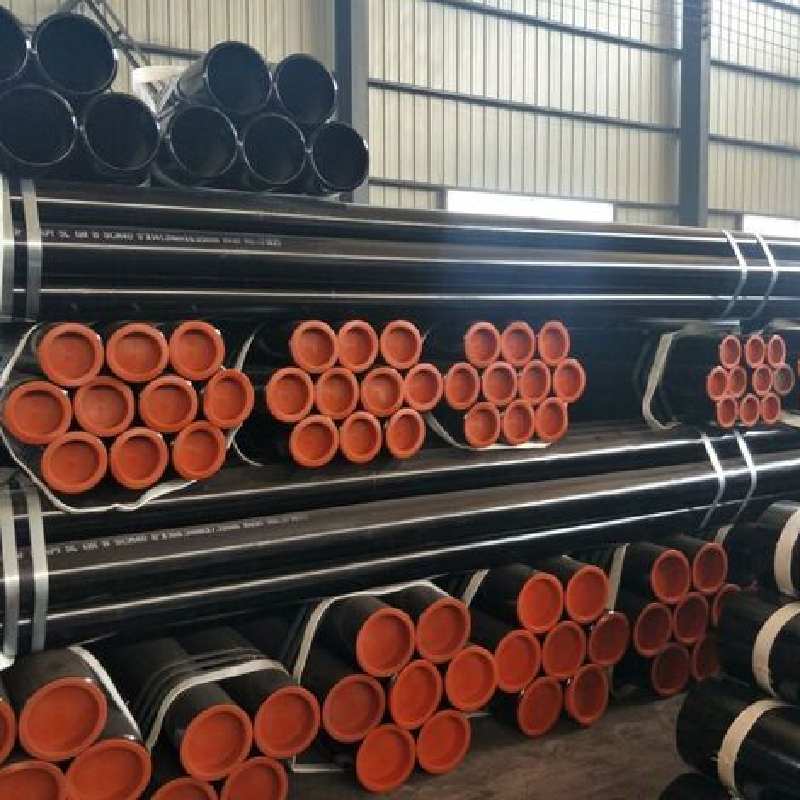-
Cangzhou Yulong Steel Co., Ltd.
-
Phone:
+86 13303177267 -
Email:
admin@ylsteelfittings.com
- English
- Arabic
- Italian
- Spanish
- Portuguese
- German
- kazakh
- Persian
- Greek
- French
- Russian
- Polish
- Thai
- Indonesian
- Vietnamese
- Zulu
- Korean
- Uzbek
- Hindi
- Serbian
- Malay
- Ukrainian
- Gujarati
- Haitian Creole
- hausa
- hawaiian
- Hebrew
- Miao
- Hungarian
- Icelandic
- igbo
- irish
- Japanese
- Javanese
- Kannada
- Khmer
- Rwandese
- Afrikaans
- Albanian
- Amharic
- Armenian
- Azerbaijani
- Basque
- Belarusian
- Bengali
- Bosnian
- Bulgarian
- Catalan
- Cebuano
- China
- China (Taiwan)
- Corsican
- Croatian
- Czech
- Danish
- Esperanto
- Estonian
- Finnish
- Frisian
- Galician
- Georgian
- Kurdish
- Kyrgyz
- Lao
- Latin
- Latvian
- Lithuanian
- Luxembourgish
- Macedonian
- Malgashi
- Malayalam
- Maltese
- Maori
- Marathi
- Mongolian
- Myanmar
- Nepali
- Norwegian
- Norwegian
- Occitan
- Pashto
- Dutch
- Punjabi
- Romanian
- Samoan
- Scottish Gaelic
- Sesotho
- Shona
- Sindhi
- Sinhala
- Slovak
- Slovenian
- Somali
- Sundanese
- Swahili
- Swedish
- Tagalog
- Tajik
- Tamil
- Tatar
- Telugu
- Turkish
- Turkmen
- Urdu
- Uighur
- Welsh
- Bantu
- Yiddish
- Yoruba

Oct . 19, 2024 06:30 Back to list
en 10216 2 pipe dimensions
Understanding EN 10216-2 Pipe Dimensions and Standards
The EN 10216-2 standard is a crucial element in the world of industrial piping systems, particularly for those dealing with seamless steel pipes for pressure applications. This standard is part of the European Norm (EN) that outlines specifications for various types of steel pipe dimensions, material properties, and testing methods. In this article, we will delve into the essentials of EN 10216-2, focusing on its dimensions, steel grades, and practical applications.
Overview of EN 10216-2
EN 10216-2, published by the European Committee for Standardization (CEN), specifically addresses the requirements for seamless steel tubes intended for pressure applications. This standard applies to a range of industries, including oil and gas, power generation, and chemical processing. The standard ensures the pipes are manufactured to precise specifications to withstand the pressures and temperatures encountered in operational environments.
Pipe Dimensions
The dimensions of pipes specified under EN 10216-2 are an integral aspect of the standard. The pipes are categorized primarily by their outer diameter (OD) and wall thickness. These dimensions are critical for ensuring the pipes can handle the designated pressure levels and fluid types they are intended to transport.
1. Outer Diameter (OD) The EN 10216-2 standard specifies various outer diameters for pipes, typically ranging from 20 mm to 500 mm. The size selected will depend on the application requirements, such as the flow rate and the nature of the material being transported.
2. Wall Thickness The wall thickness is also standardized, allowing for pipes to be tailored to their intended use. It usually ranges from 2.0 mm to 30 mm, with thicker walls providing enhanced strength and resistance to internal pressures.
3. Schedule Designation EN 10216-2 does not use the schedule system like some other standards, but instead employs a more flexible approach where wall thickness can be adjusted to meet specific requirements, thus offering a more tailored solution based on individual project needs.
4. Length and Manufacturing Considerations While the standard typically defines certain lengths for pipes, custom lengths can also be fabricated based on the client’s specifications. This flexibility enables better integration into diverse systems and facilitates ease of installation.
en 10216 2 pipe dimensions

Steel Grades
EN 10216-2 also outlines several steel grades used in the production of seamless pipes. These grades are categorized based on their chemical compositions and mechanical properties, which must meet stringent criteria to ensure performance and safety.
1. P235TR1 and P235TR2 These grades are common for pipes operating at moderate temperatures. They offer good weldability and are frequently used in various applications such as water, gas, and steam transportation.
2. P265TR1 and P265TR2 This category features enhanced properties over P235, allowing for usage in higher-pressure conditions.
3. P355TR1 and P355TR2 These high-grade materials are suited for elevated temperature applications, often found in the power generation and petrochemical industries.
4. Impact Testing The standard mandates impact testing for certain grades, ensuring that the materials can withstand sudden temperature variations and mechanical impacts, which are common in harsh industrial environments.
Practical Applications
The pipes manufactured in accordance with EN 10216-2 are widely used in various sectors. In the oil and gas industry, they serve as pipelines for transporting hydrocarbons under high pressure and temperature. In the chemical industry, they are used for conveying corrosive substances, requiring enhanced material properties for safety and reliability. Furthermore, the utility sector relies on these pipes for steam distribution and water supply systems.
Conclusion
In conclusion, EN 10216-2 provides essential guidelines for the dimensional and material characteristics of seamless pipes used in pressure applications. Understanding the specifications and standards outlined in this norm is crucial for engineers and manufacturers involved in pipe production and installation. The meticulous attention to dimensions, steel grades, and compliance with rigorous testing ensures that pipes can effectively perform their roles in demanding environments, thus contributing to the efficiency and safety of industrial operations. As industries continue to evolve, standards like EN 10216-2 will remain integral in ensuring quality and reliability in piping systems across the globe.
Latest news
-
ANSI 150P SS304 SO FLANGE
NewsFeb.14,2025
-
ASTM A333GR6 STEEL PIPE
NewsJan.20,2025
-
ANSI B16.5 WELDING NECK FLANGE
NewsJan.15,2026
-
ANSI B16.5 SLIP-ON FLANGE
NewsApr.19,2024
-
SABS 1123 FLANGE
NewsJan.15,2025
-
DIN86044 PLATE FLANGE
NewsApr.19,2024
-
DIN2527 BLIND FLANGE
NewsApr.12,2024
-
JIS B2311 Butt-Welding Fittings LR/SR 45°/90° /180°Seamless/Weld
NewsApr.23,2024











